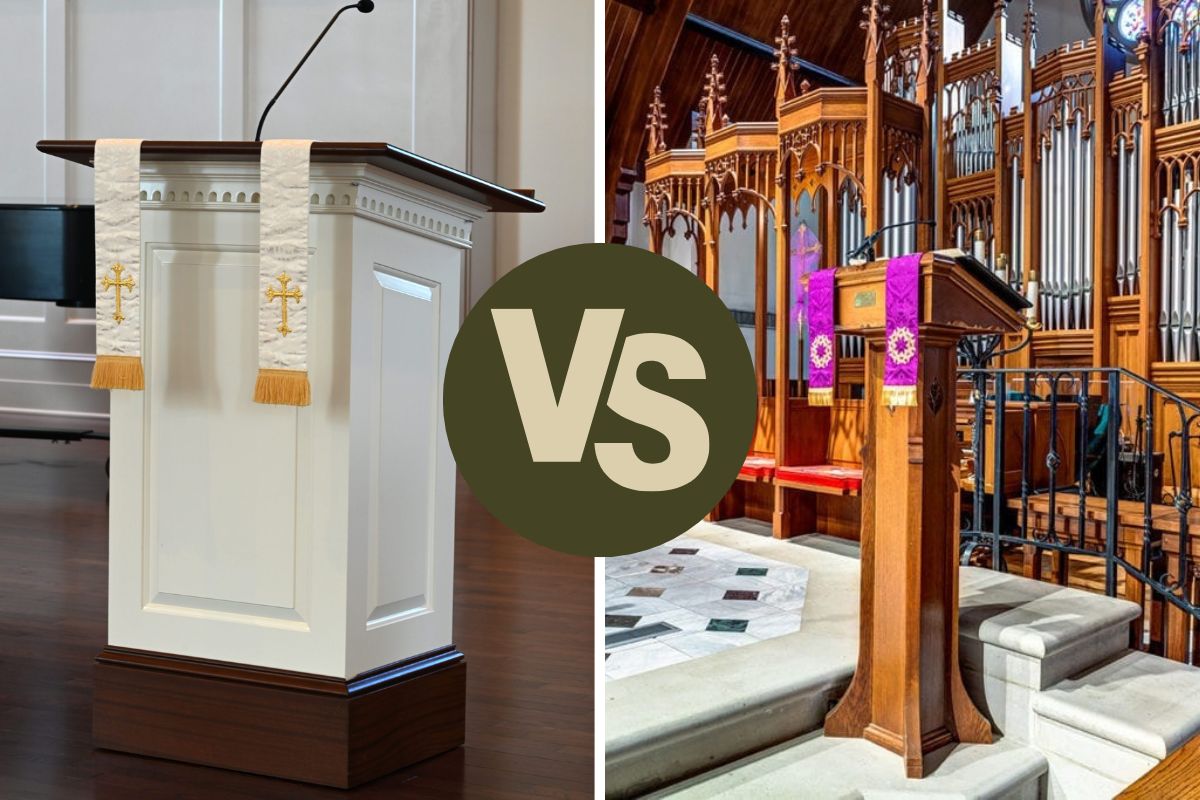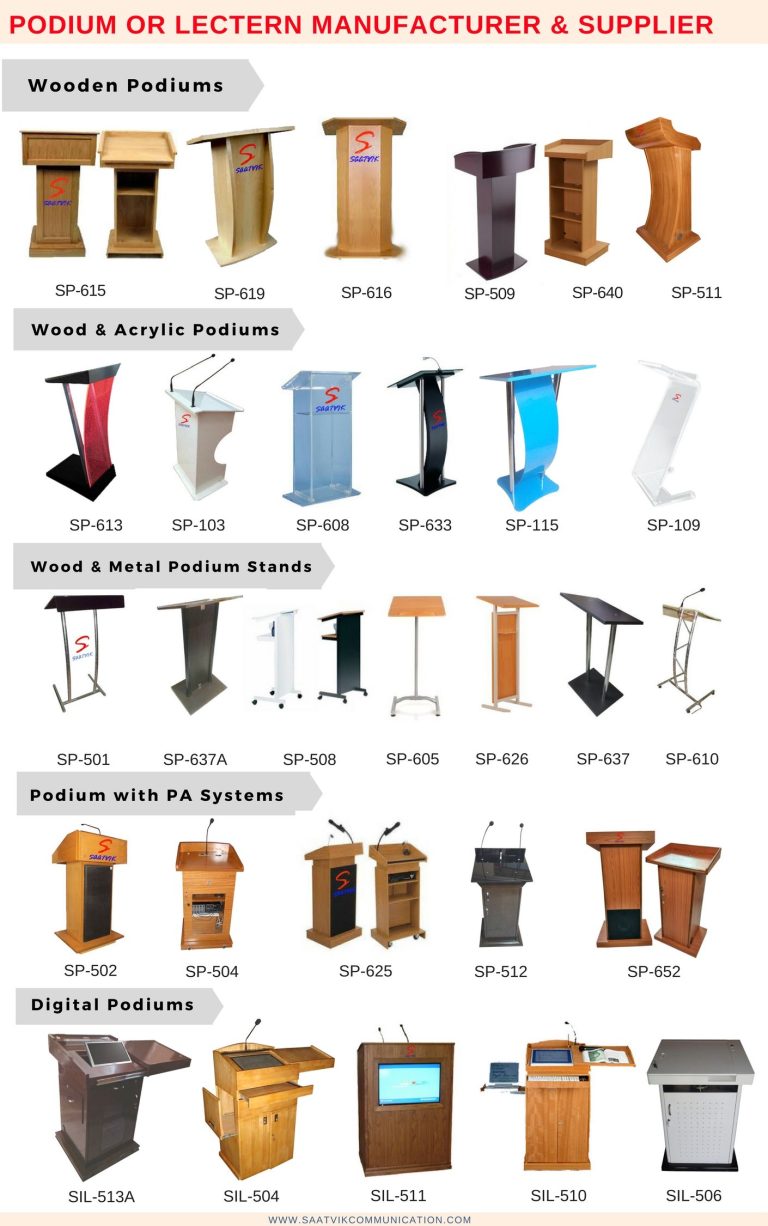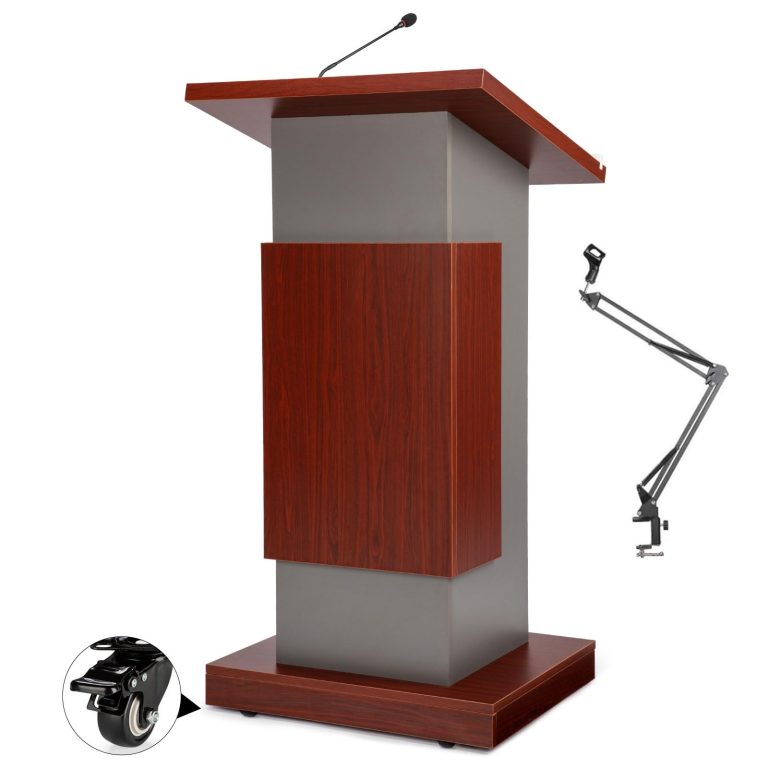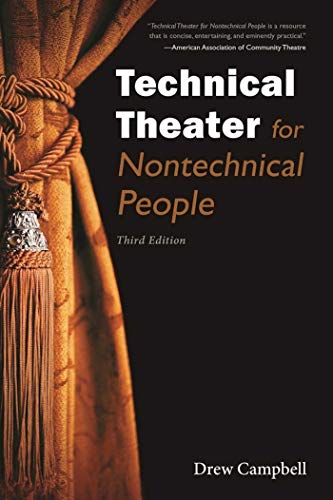Lectern Vs Pulpit: Understanding Their Key Differences
When discussing church furniture, the terms “lectern” and “pulpit” often come up. Both are important but serve different roles.
Understanding the difference between a lectern and a pulpit can be helpful. Whether you are planning a church event or just curious, knowing these distinctions is beneficial. A lectern is a stand for speakers or readers, used for holding books or notes.
It is often found in various settings like schools and conferences. A pulpit, on the other hand, is a raised platform from where sermons are delivered. It holds a significant position in church services. Knowing these differences helps in selecting the right one for your needs. Let’s explore these two pieces of furniture in more detail.
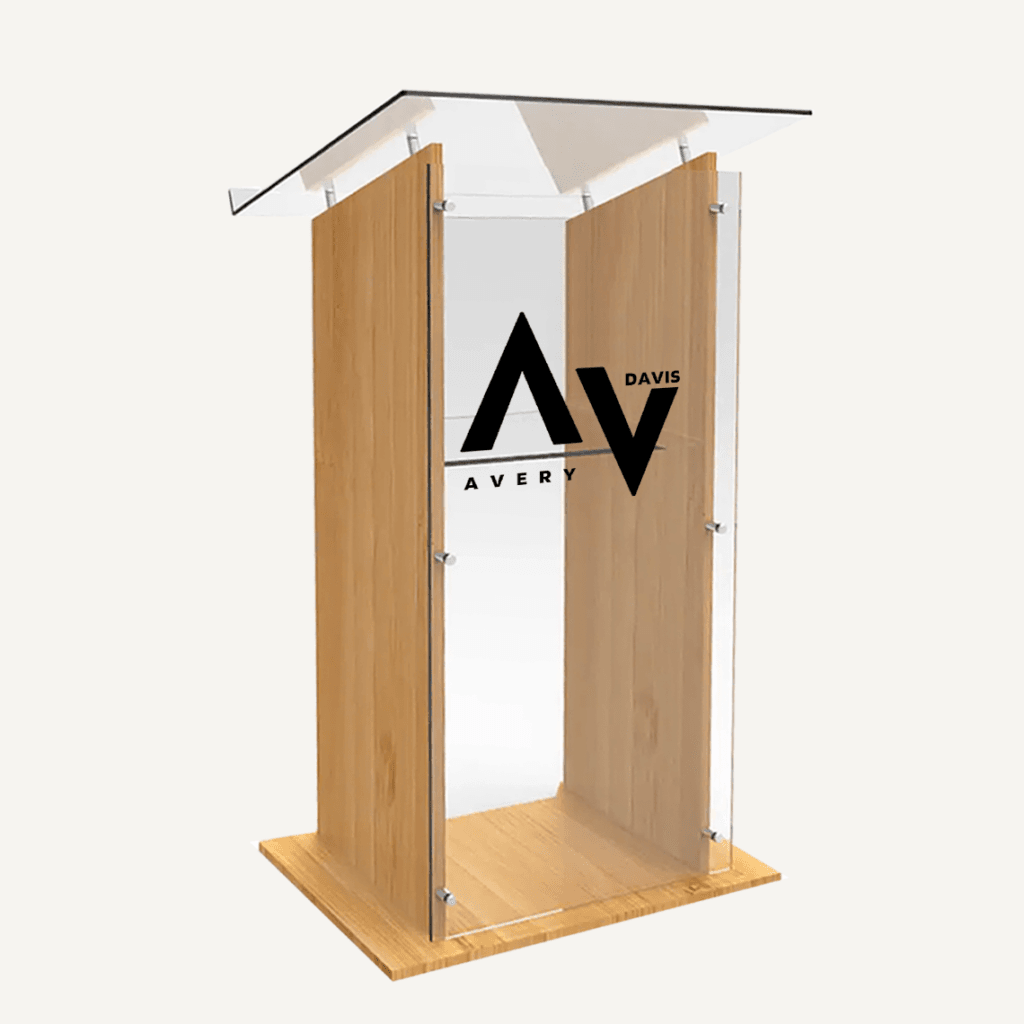
Credit: www.luminati.co.uk
Introduction To Lectern And Pulpit
The lectern and the pulpit are both important fixtures in religious and educational settings. They serve distinct purposes. Understanding their differences and uses can help improve their effectiveness.
Historical Background
The lectern dates back to ancient times. It was used in Greek and Roman forums for public speaking. Made from wood or stone, it supported scrolls and manuscripts.
The pulpit has its roots in the early Christian church. It was elevated to signify the importance of the sermon. Often elaborate, it was a focal point in cathedrals and churches.
Common Uses
The lectern is common in educational settings. Teachers and professors use it to hold notes or books while speaking. It is also found in conference rooms and auditoriums.
The pulpit is mainly used in religious settings. Pastors and priests deliver sermons from the pulpit. It signifies authority and the delivery of sacred messages.
| Feature | Lectern | Pulpit |
|---|---|---|
| Primary Use | Educational, Public Speaking | Religious Services |
| Design | Simple, Functional | Elaborate, Elevated |
| Historical Origin | Ancient Greece and Rome | Early Christianity |

Credit: www.writersdigest.com
Design And Structure
Understanding the design and structure of a lectern and a pulpit helps in choosing the right one. Each has unique features and serves distinct purposes. This section explores their physical characteristics and material and build.
Physical Characteristics
A lectern is a simple stand with a sloping top. It holds books or notes for speakers. The lectern is often adjustable in height. It is lightweight and easy to move.
A pulpit is a raised platform. It is more elaborate in design. The pulpit often has sides and a front panel. It provides privacy and security for the speaker. The pulpit is usually fixed and not easy to move.
Material And Build
Lecterns are made from various materials. Common materials include wood, metal, and plastic. They often have a minimalist design. This makes them versatile for different settings.
Pulpits are usually made from wood or stone. They often feature intricate carvings and decorations. The build is sturdy and meant to be a permanent fixture. This gives the pulpit a sense of grandeur and tradition.
Here is a comparison table for clarity:
| Feature | Lectern | Pulpit |
|---|---|---|
| Design | Simple, Sloping Top | Elaborate, Raised Platform |
| Mobility | Lightweight, Moveable | Heavy, Fixed |
| Material | Wood, Metal, Plastic | Wood, Stone |
| Purpose | Holding Notes | Delivering Sermons |
Function And Purpose
Lecterns and pulpits serve distinct roles in various settings. Understanding their specific functions can help in choosing the right one for your needs. Below, we will explore their roles in both religious and secular environments.
Role In Religious Settings
In religious contexts, the pulpit is a central feature. It is often elevated to signify importance. Clergy members use pulpits to deliver sermons and teachings. This elevation symbolizes authority and respect. The pulpit often has intricate designs, reflecting its sacred use.
Lecterns in religious settings are used for reading scriptures. They are usually simpler in design. Lecterns hold books or notes at a comfortable reading height. They are often movable and less ornate than pulpits.
Role In Secular Settings
In secular environments, lecterns are common. They are used in classrooms, conferences, and presentations. Lecterns provide a place for speakers to rest their notes and stay organized. They often come with built-in microphones and lights.
Pulpits are rarely used outside religious settings. When used, they serve a symbolic purpose. They may be used in ceremonies to convey authority and tradition.
| Setting | Lectern | Pulpit |
|---|---|---|
| Religious | Reading scriptures, simpler design | Delivering sermons, elevated, ornate |
| Secular | Presentations, classrooms, built-in features | Rare, symbolic use |
Choosing between a lectern and a pulpit depends on your specific needs. Both serve unique functions and purposes in their respective settings.
Symbolism And Significance
The lectern and pulpit are essential in various settings. They hold deep symbolism and significance, reflecting cultural and religious values. Understanding these aspects enhances appreciation for their roles.
Cultural Importance
The lectern often represents education and democracy. It is used in schools, universities, and public forums. This piece of furniture symbolizes the sharing of knowledge. It fosters communication and learning among people.
The pulpit has a different cultural role. It is central in religious settings, especially in churches. It stands for spiritual guidance and moral authority. The pulpit signifies respect and reverence within the community.
Religious Symbolism
The pulpit holds a special place in religious symbolism. It is where religious leaders deliver sermons. This act is seen as conveying divine messages. The pulpit represents a bridge between the divine and the congregation.
The lectern also has religious significance. It is often used for reading scriptures. This practice highlights the importance of holy texts. The lectern underscores the act of worship through reading.

Credit: eloquentdisplays.com
Frequently Asked Questions
What Is The Main Difference Between A Lectern And A Pulpit?
A lectern is a stand for speaking notes. A pulpit is a raised platform for sermons.
When Should You Use A Lectern Instead Of A Pulpit?
Use a lectern for speeches or presentations. Use a pulpit for religious services.
Can Both Lecterns And Pulpits Be Used In Religious Settings?
Yes, both can be used. Lecterns are for readings or lectures. Pulpits are for delivering sermons.
Conclusion
Choosing between a lectern and a pulpit depends on your needs. Lecterns offer flexibility and are easy to move. Pulpits provide a traditional feel and stability. Both have unique benefits. Consider the setting and audience. Make an informed decision to suit your event.
Always prioritize comfort and functionality. This ensures a successful and engaging presentation.
